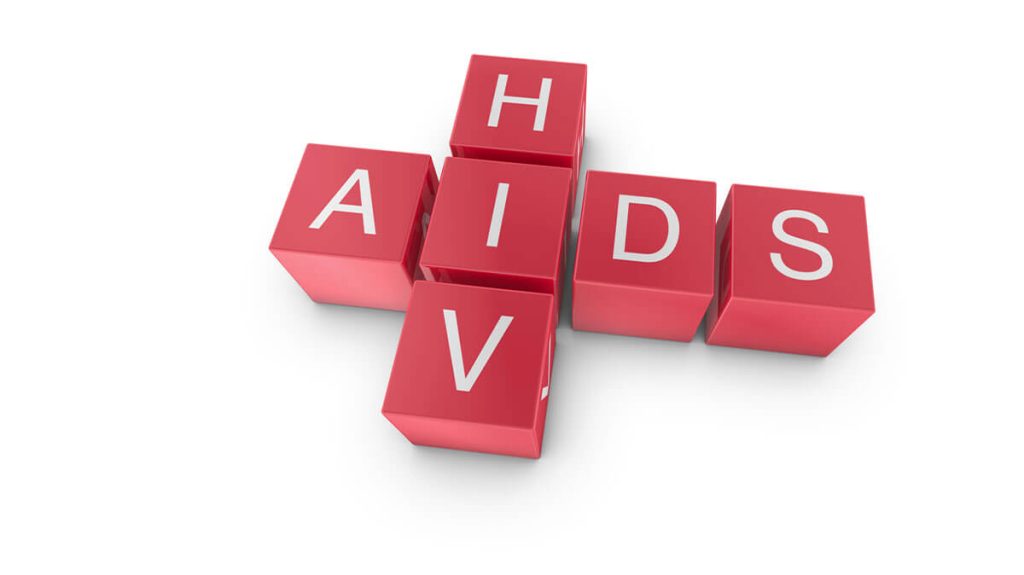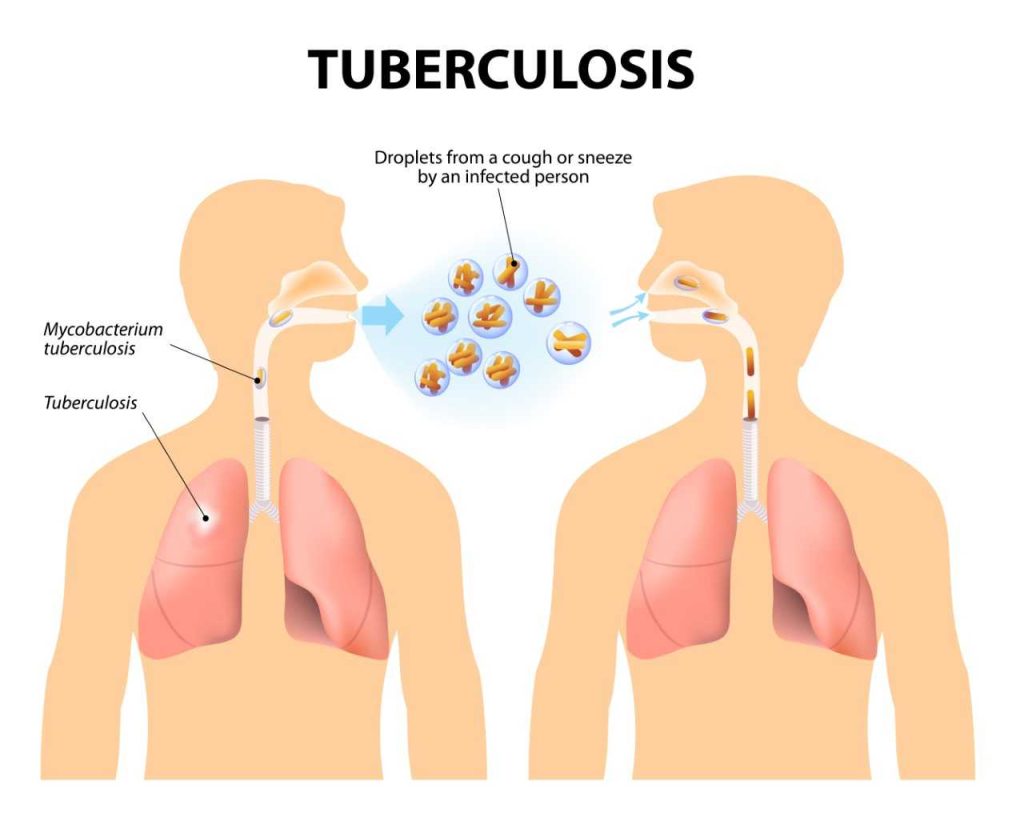AIDS: Important guide for this life threatening condition.
What is AIDS?
HIV-positive individuals have the potential to acquire AIDS. It is HIV’s most advanced stage. However, merely having HIV does not guarantee that a person will get AIDS. CD4 cells die due to HIV. A healthy adult’s CD4 count typically ranges from 500 to 1,600 cells per cubic millimetre. AIDS will be declared in an HIV patient whose CD4 level is less than 200 cells per cubic millimetre.

A person with HIV may potentially be identified as having AIDS if they experience an opportunistic infection or malignancy that is uncommon in persons without HIV.
Pneumocystis jiroveci pneumonia is an example of an opportunistic illness that only affects people who are extremely immunocompromised, such as those with advanced HIV infection (AIDS).
If left untreated, HIV can develop into AIDS in ten years. Currently, there is no therapy for AIDS, and the life expectancy upon diagnosis is just approximately three years. dependable source If the individual contracts a serious opportunistic sickness, this could be cut short. However, antiretroviral medication therapy can stop the onset of AIDS.
If AIDS does arise, it indicates that the immune system is seriously damaged, or weak to the point where it can no longer effectively fight off most infections and diseases.
As a result, they are more susceptible to a variety of diseases, such as:
- pneumonia
- tuberculosis
- a fungal infection of the mouth or throat known as oral thrush
- the herpes virus cytomegalovirus (CMV)
- A fungus in the brain causes cryptococcal meningitis.
- Toxoplasmosis is a parasitic brain disease.
- A disorder brought on by an intestinal parasite called cryptosporidiosis
- malignancy, such as lymphoma and Kaposi sarcoma (KS)
It is not a direct consequence of the condition itself that untreated AIDS is associated with a shorter life expectancy. Instead, it’s a result of the illnesses and problems that come with having an immune system that has been compromised by AIDS.
Where did HIV come from?
A certain chimpanzee species in Central Africa is where humans first contracted HIV. According to studies, the HIV virus may have spread from chimpanzees to humans as early as the late 1800s.
Simian immunodeficiency virus is the name of the virus that affects chimpanzees. The likelihood is that HIV was spread to people when they killed these chimpanzees for food and came into touch with their diseased blood.
HIV progressively expanded over Africa over many years, then to other regions of the world. In the United States, the virus has been around since at least the mid- to late 1970s.
Symptoms of HIV
Acquired immunodeficiency syndrome (AIDS) is referred to. HIV, which has generally gone untreated for many years, weakens the immune system in people with this condition. The likelihood of developing AIDS is reduced if HIV is identified and treated with antiretroviral medication at an early stage.
When HIV is discovered too late or when a person knows they have HIV but doesn’t take their antiretroviral medicine regularly, they run the risk of developing AIDS. If they have an HIV strain that is resistant to (or does not react to) antiretroviral therapy, they may also go on to develop AIDS.
People with HIV may experience an earlier onset of AIDS without effective and continuous therapy. By then, the immune system has suffered significant damage and struggles to mount a defence against illness and infection.
Antiretroviral medication allows a person to retain a chronic HIV diagnosis without progressing to AIDS for many years.
Among the signs of AIDS are:
- persistent fever
- chronically enlarged lymph nodes, particularly in the groyne, neck, and armpits
- persistent tiredness
- morning sweats
- black spots inside the mouth, nose, or eyelids or under the skin.
- Anus lumps, lesions, or rashes of the skin, sores, spots, or lesions of the lips and tongue; genital lesions,
- Chronic or recurring diarrhoea
- quick loss of weight
- neurological issues include memory loss, confusion, and difficulty focusing
- both tension and despair
Antiretroviral therapy manages the infection and typically stops the development of AIDS. Treatment options exist for AIDS-related complications and other infections. The person’s specific needs must be taken into account when designing the treatment.
How is HIV transmitted?
HIV can be distributed in a variety of ways:
- by having unprotected sex with an HIV-positive person. It spreads primarily in this manner.
- lending each other a needle.
- by coming into contact with an HIV-positive person’s blood.
- During pregnancy, childbirth, or breastfeeding, from mother to kid.
You CANNOT obtain HIV via kissing, sharing food or beverages, or using the same fork or spoon since saliva (spit) is not how HIV is communicated. Additionally, HIV cannot be transmitted through hugging, holding hands, coughing, or sneezing. And a toilet seat cannot transmit HIV to you.
HIV infection was once spread through blood transfusions. However, it is now completely safe to give or receive blood in medical facilities. In addition to testing donated blood for HIV and other illnesses, doctors, hospitals, and blood donation facilities never reuse needles.
REFERENCES:
- https://www.healthline.com/health/hiv-aids
- https://www.mayoclinic.org/diseases-conditions/hiv-aids/symptoms-causes/syc-20373524
- https://www.cdc.gov/hiv/basics/whatishiv.html
- https://www.hiv.gov/hiv-basics/overview/about-hiv-and-aids/what-are-hiv-and-aids
For more details, kindly visit below.
